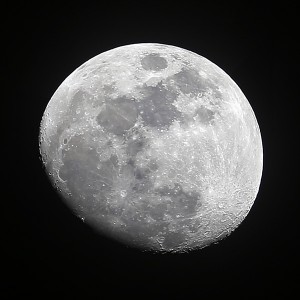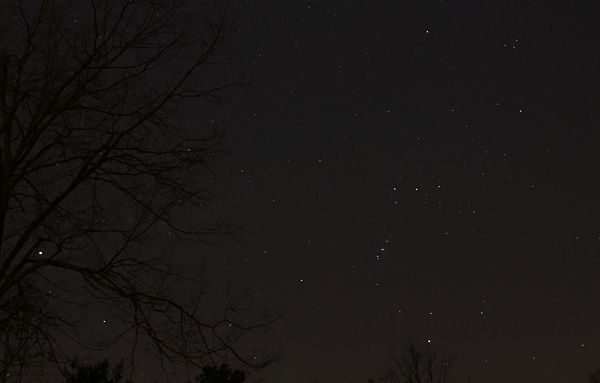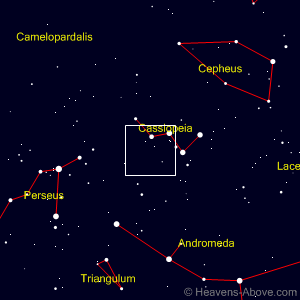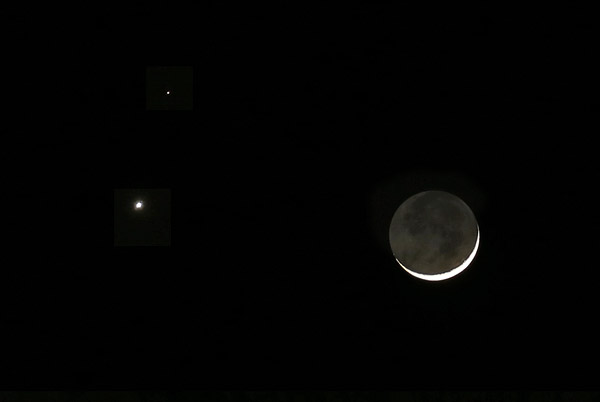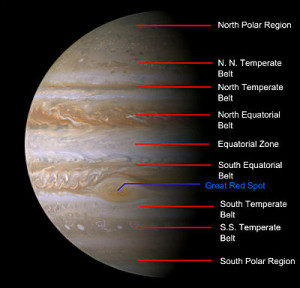I missed Saturday morning’s lunar eclipse due to being clouded out in Massachusetts, though had it been clear very little of the Moon would’ve been covered as most of the eclipse occurred after moonset on the East coast.
I’ve only observed one total eclipse; it was November 8, 2003. I remember it because I spent about 2 hours standing out in the cold night with my camera. Here’s a composite of my attempts to photograph it:
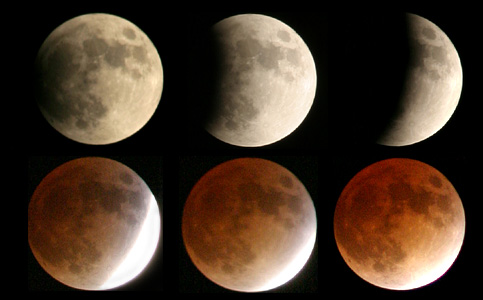
Total lunar eclipse on November 8, 2003.
Matt Wedel was able to observe this weekend’s eclipse from California and has posted some nice photos over at 10 Minute Astronomy.*
*Taken with a 60mm refractor, no less.
-Dave
Original content copyright 2015 by David Philips. All Rights Reserved. This post may contain links to affiliate sites; sales through affiliate links may benefit this site.
